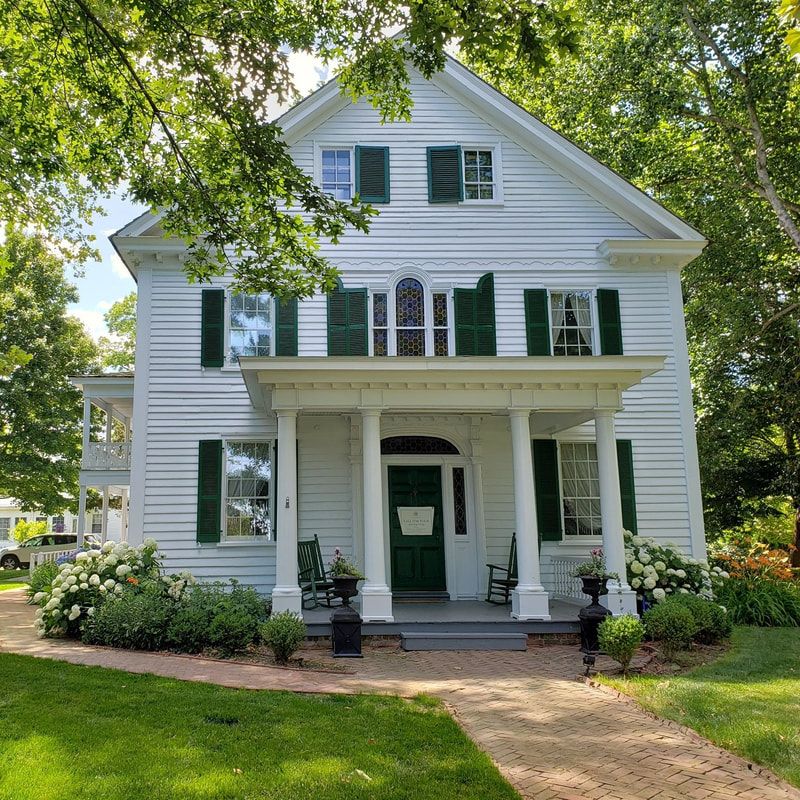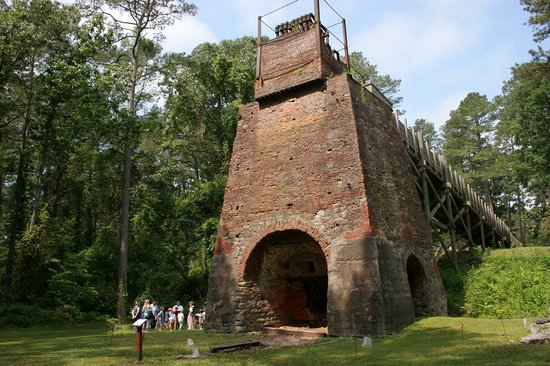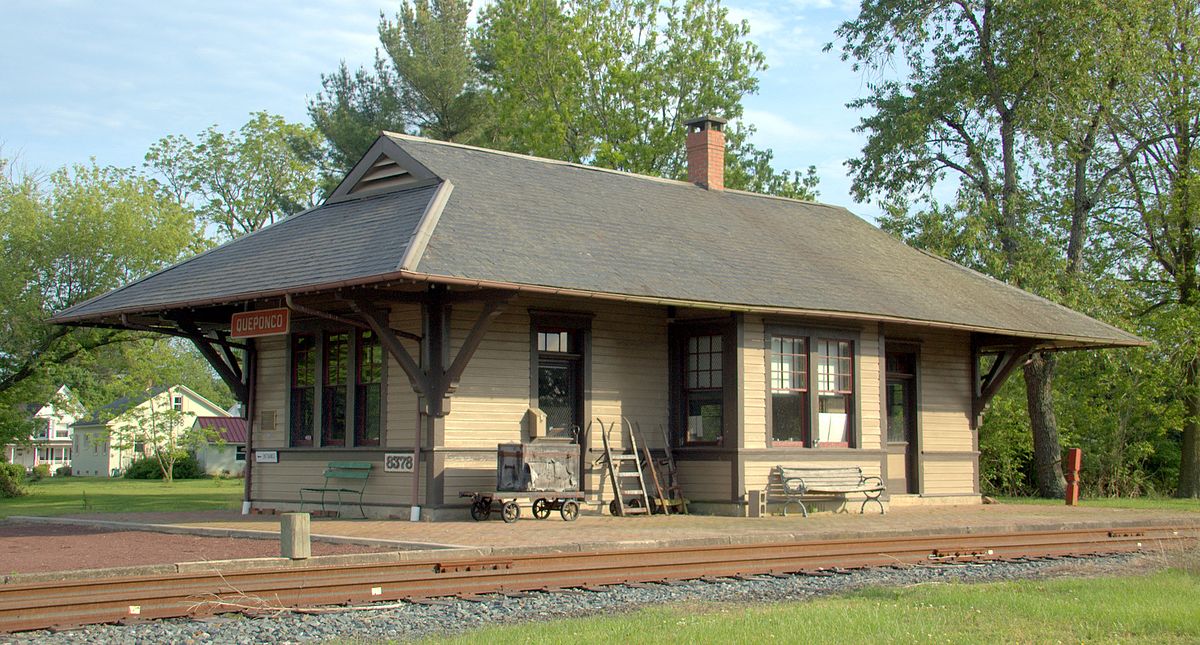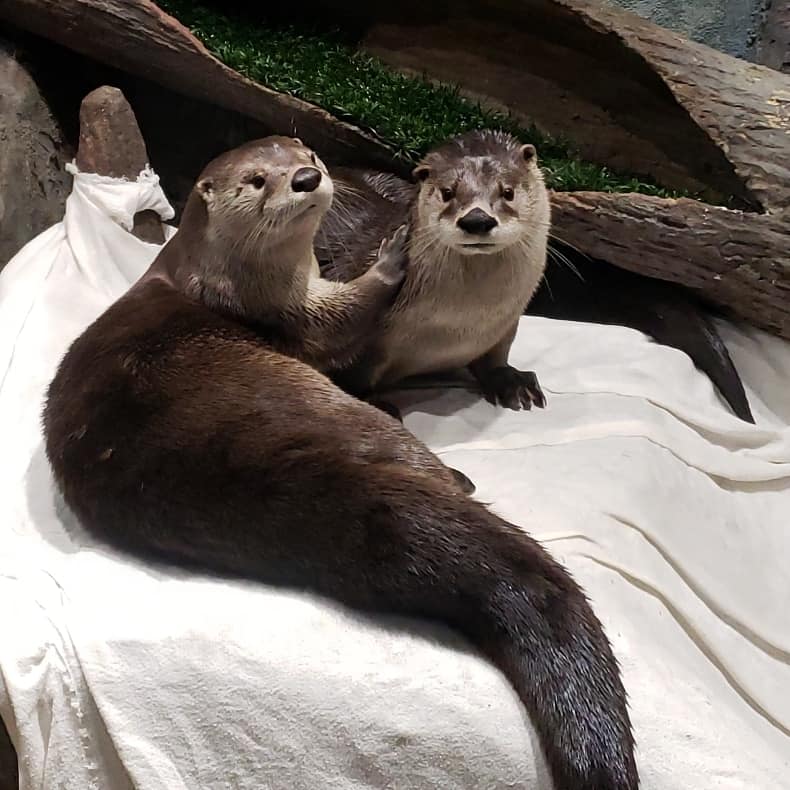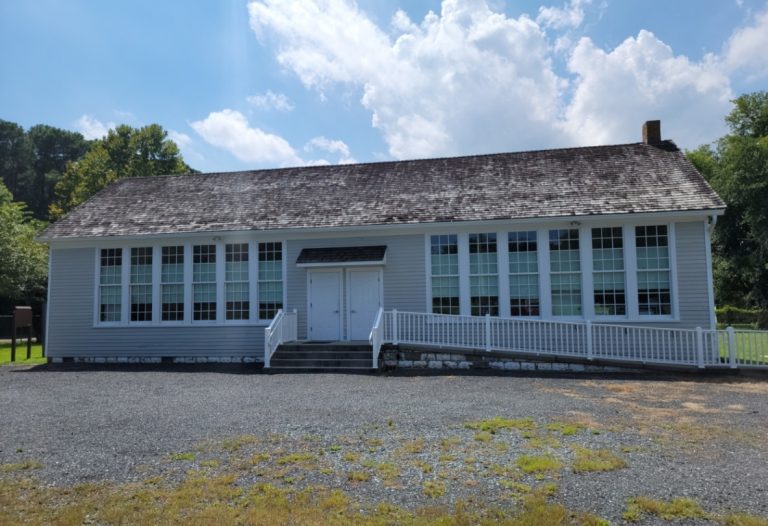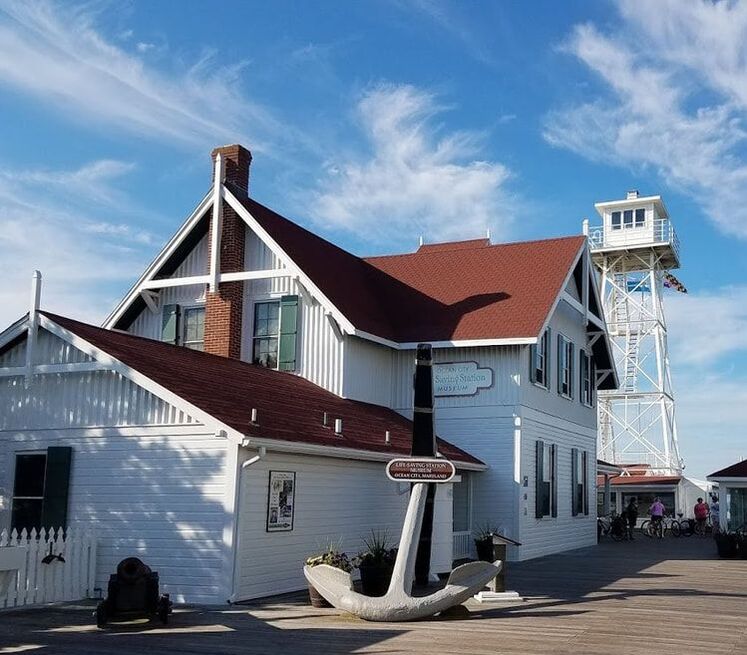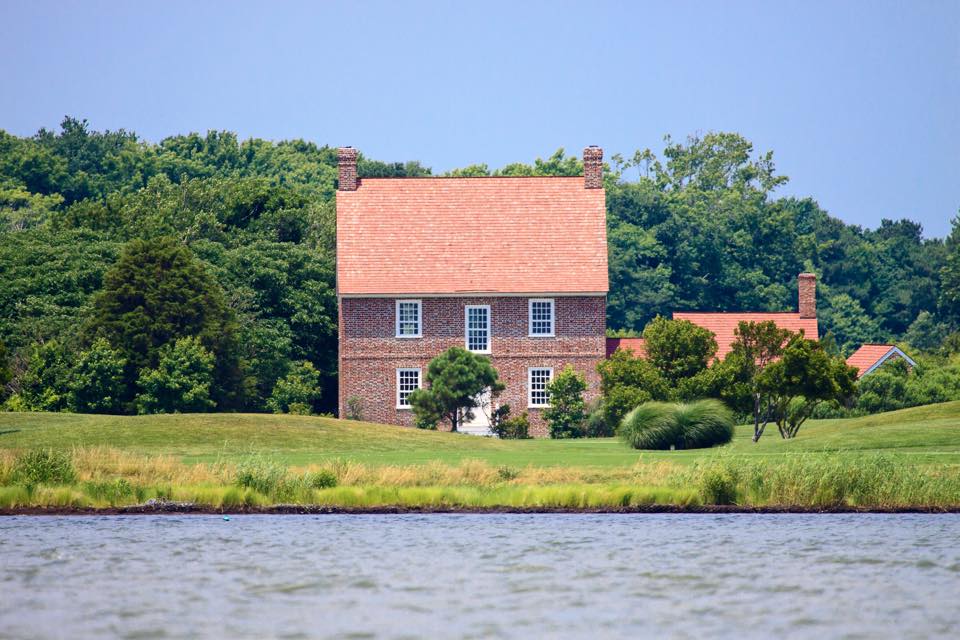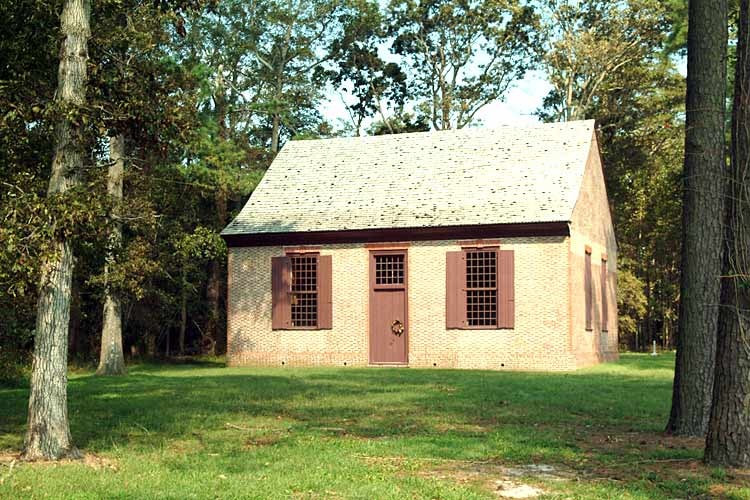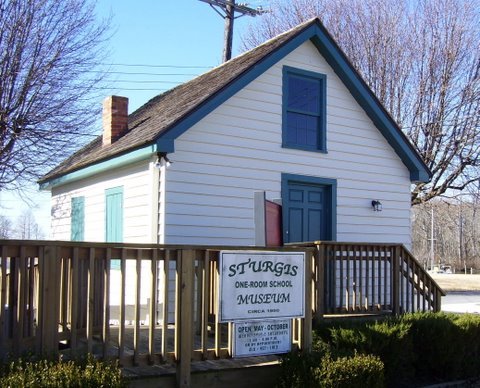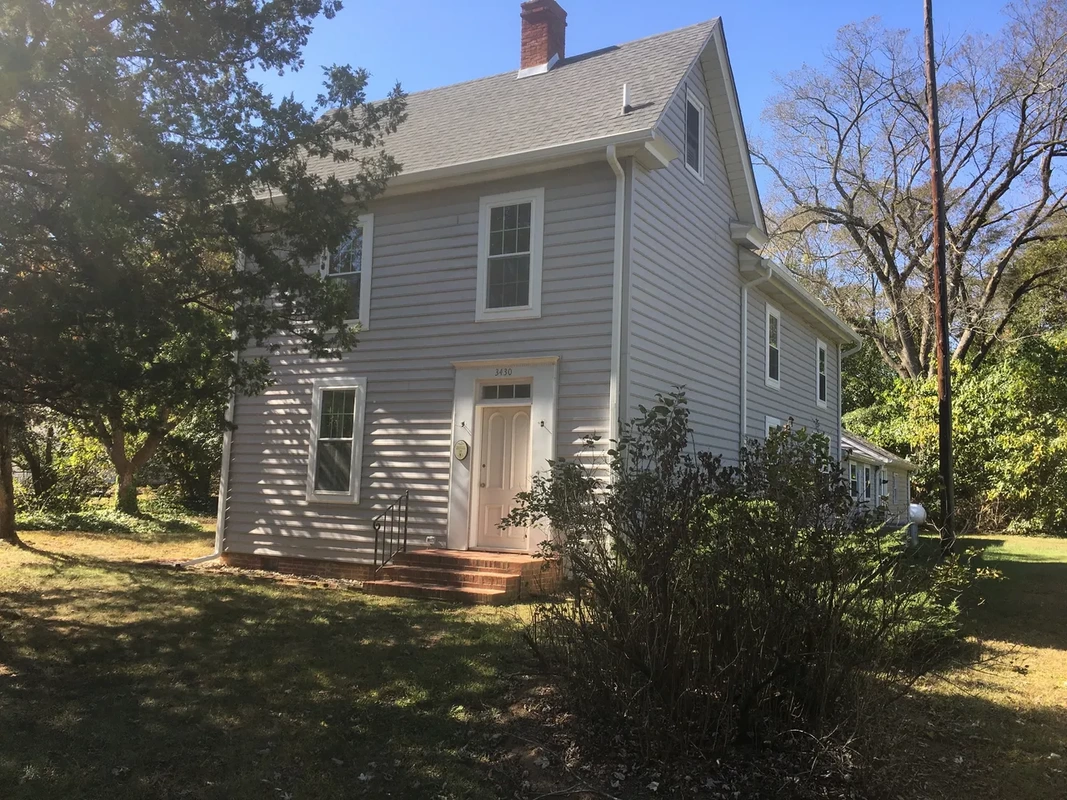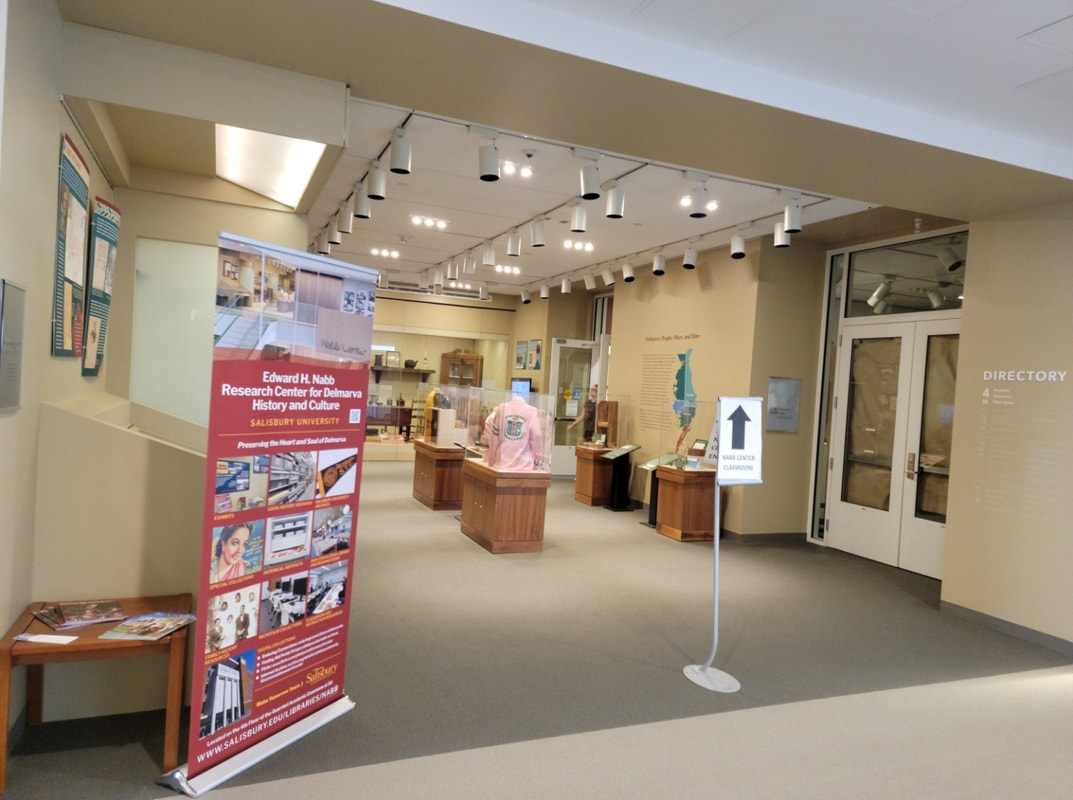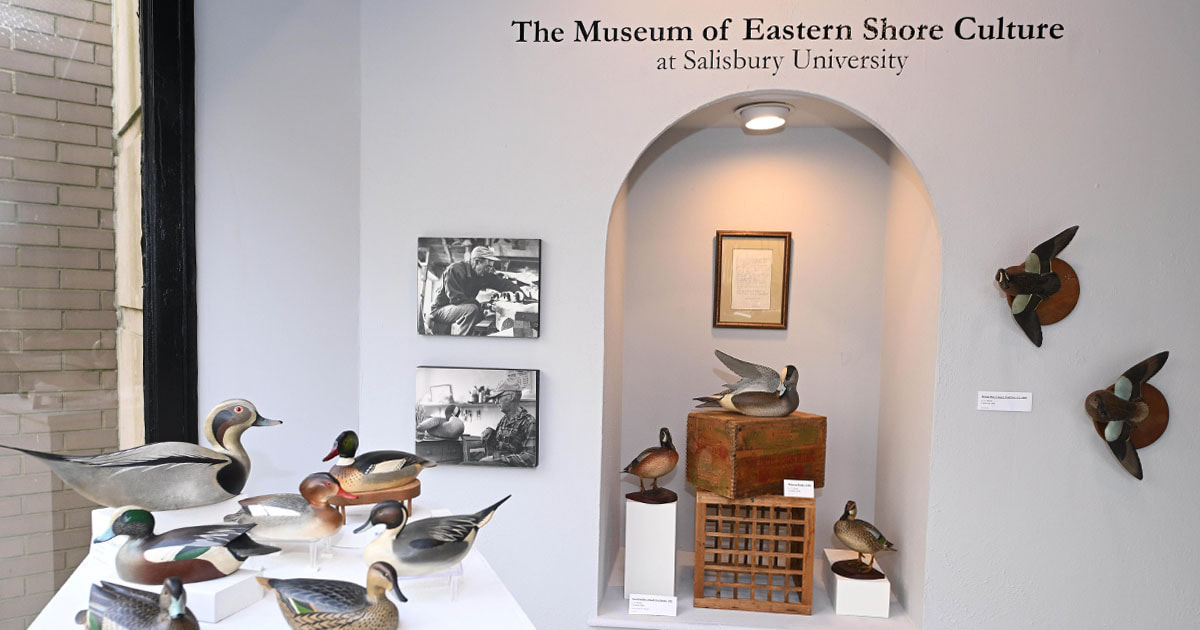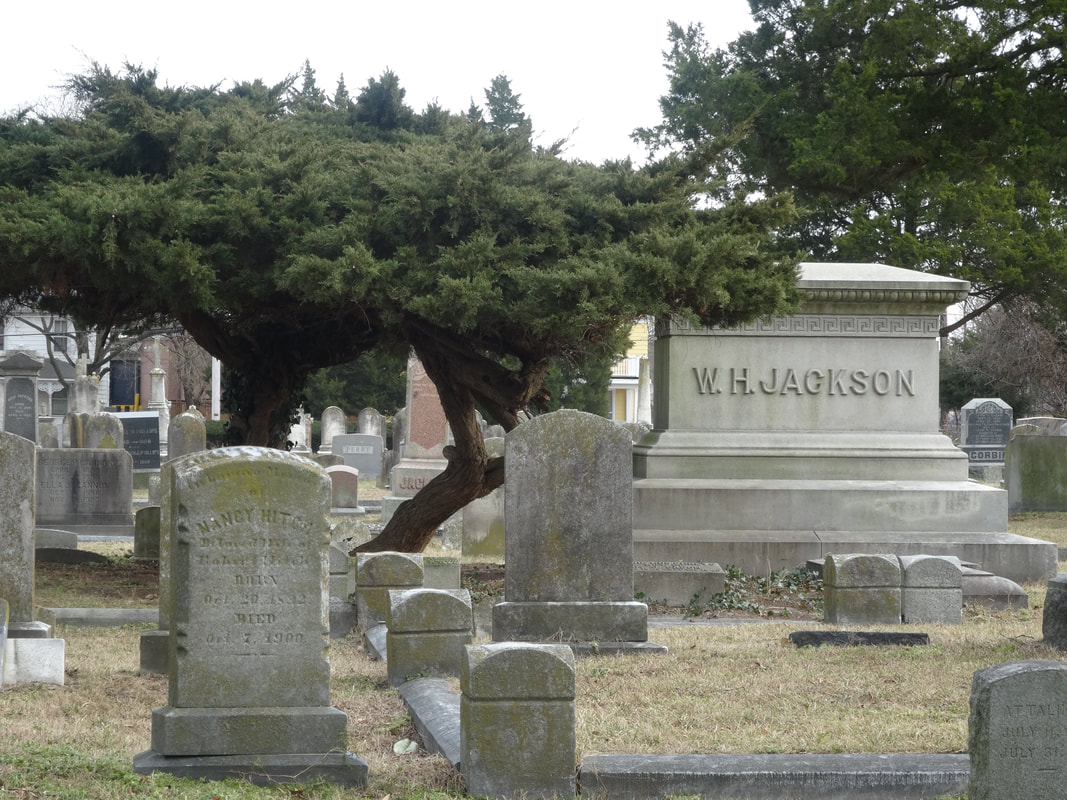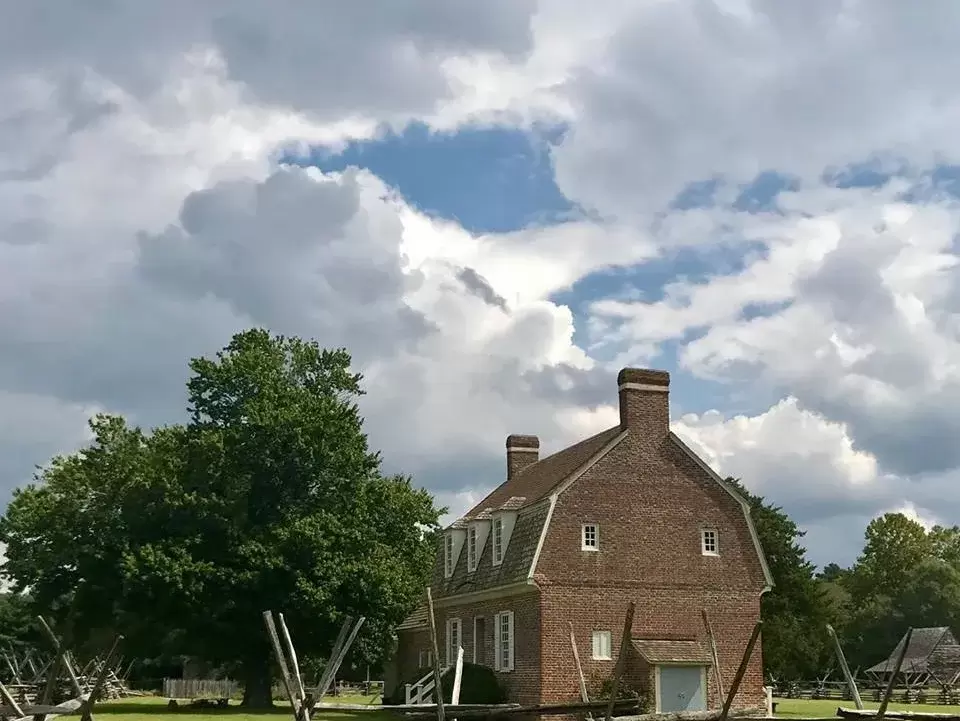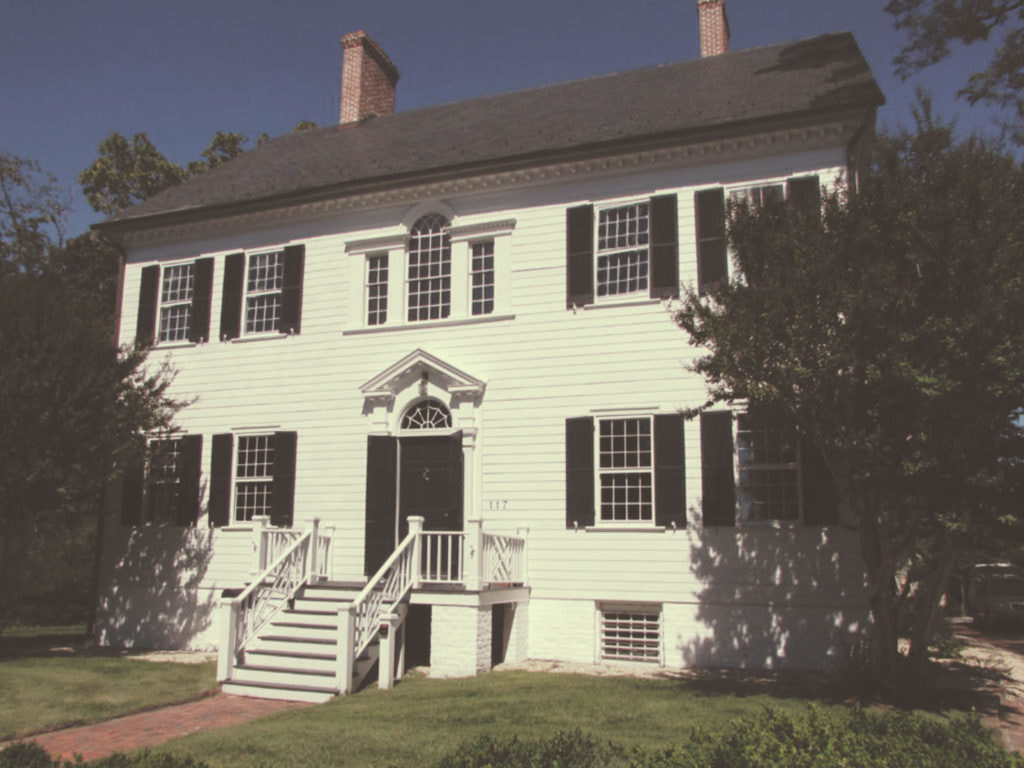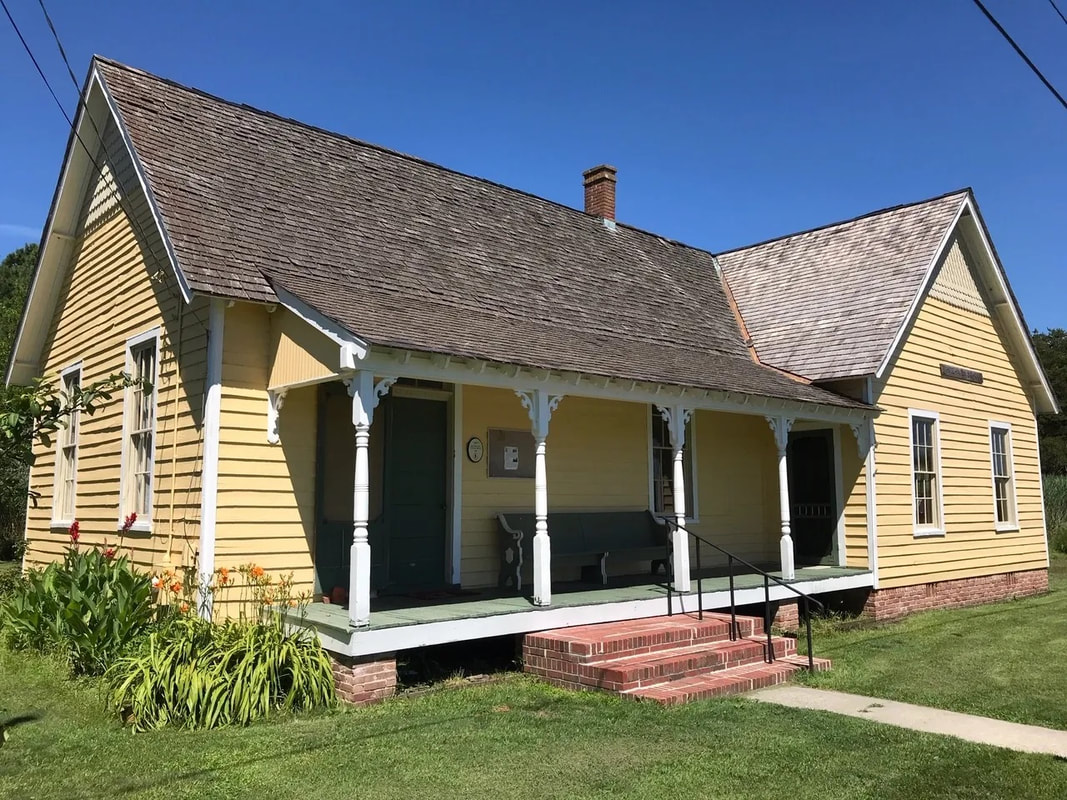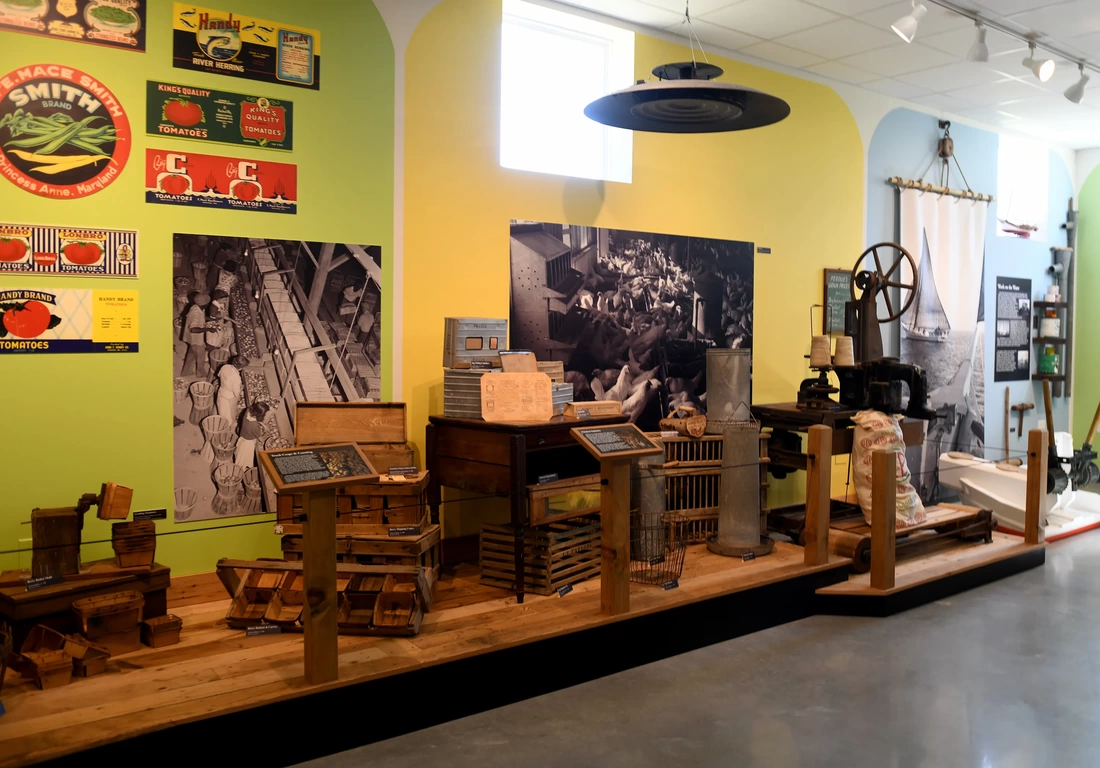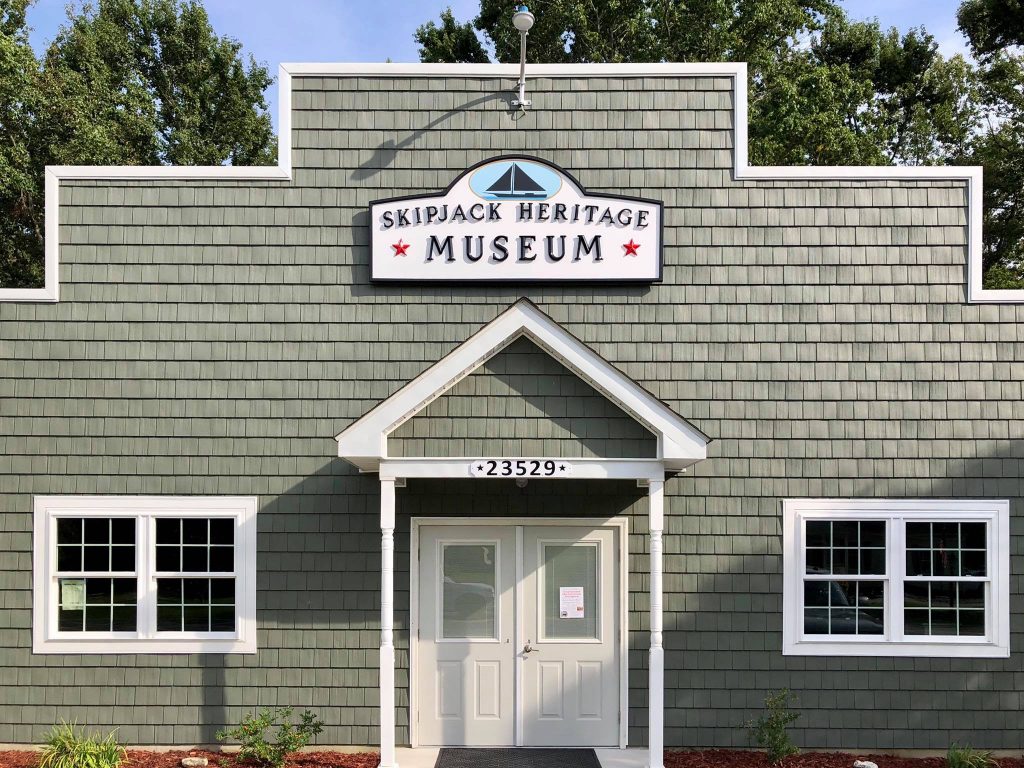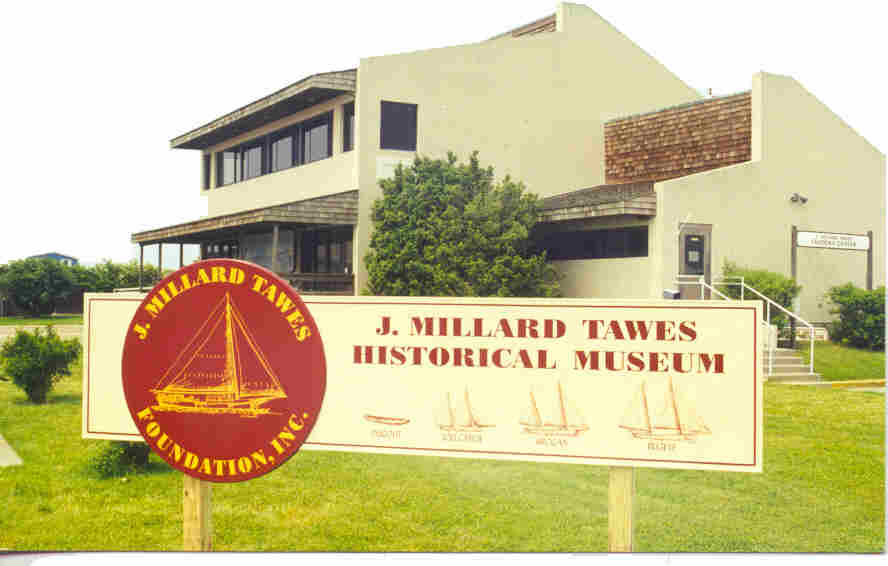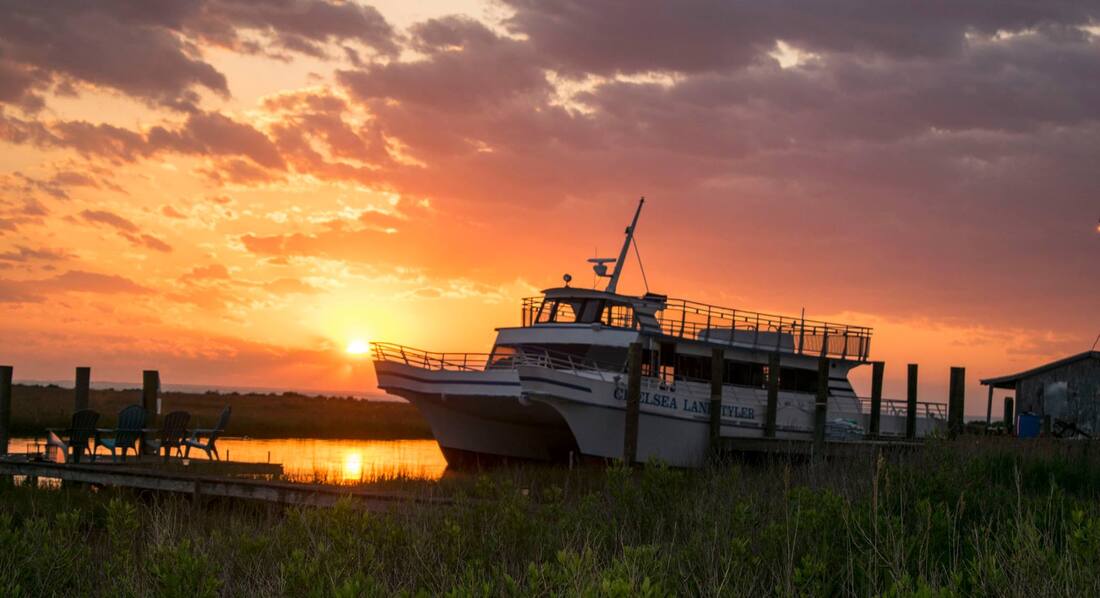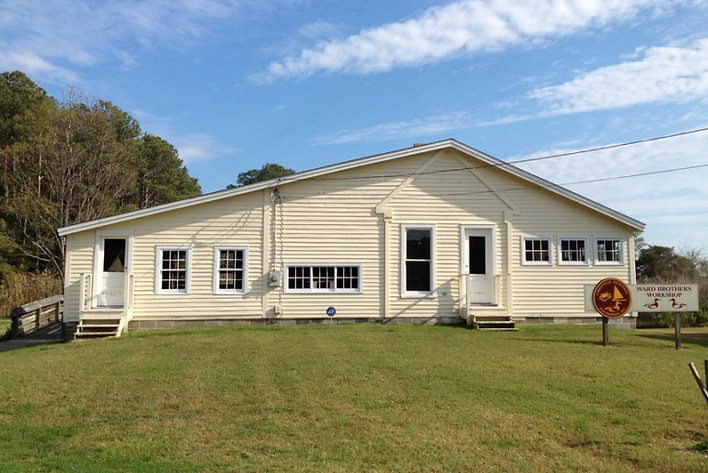Lower Shore Museums
Stop by one of the many museums dotted throughout the Lower Eastern Shore and learn more about the rich history we have to offer! Our museums help teach the long history of our shore communities, making them great places to begin your journey at the shore! Many of them are located in historic buildings and sites such as Furnace Town in Snow Hill or Teackle Mansion in Princess Anne. Down below, our museums are organized by county for your convenience.
|
Museum Passport Program
Our new Museum Passport program has launched and are available at several historic sites and museums throughout the Lower Shore – from the Smith Island Cultural Center to St. Martins Church in Showell; from Pemberton Hall to Ocean City Life-Saving Station Museum. Visitors will be encouraged to get their passport stamped for prizes, and museum and historic sites will be helping to cross-promote each other. |
Worcester County
|
Calvin B. Taylor House Museum:
Built in 1832 for Isaac Covington and his family, this gable-fronted, Federal-style house was saved from demolition in 1981 and now swerves as a Town museum of local history. In the early 19th century, this house was the home of Robert J. Henry, who was instrumental in bringing the railroad to Berlin. In the 1890s and early 20th century it was the home of Calvin B. Taylor and his wife Mattie. The Taylor House Museum is also very involved in the community; Located in the heart of Berlin’s National Register Historic District, the Calvin B. Taylor House Museum is a favorite stop for community members and visiting tourists alike. Furnace Town Historic Site:
From 1828-1850 the Nassawango Iron Furnace was in its heyday. Many workers – miners, sawyers, colliers, molders, draymen, and bargemen – labored to make iron. Furnace Town (also called Nescongo or Nasseongo) was a company town, built by the Maryland Iron Company. About 300 people lived and worked here. There were blacksmiths, broom makers, wainwrights, wheelwrights, bakers, cobblers, coopers, and weavers among the skilled workers. By 1850 bankruptcy was declared. The sale advertisement listed 7,000 acres embracing immense beds of iron ore. Included in the offering were the Furnace, the Grist Mill and Saw Mill, the Iron Master’s Mansion, houses, store, barns, buildings, tools, 21,000 bushels of charcoal, and 1,650 tons of ore. A few families stayed on to run a boarding house and the Grist Mill. By 1929, only the foundations of the buildings and the Furnace remained. All of the wooded structures had rotted away, and the Forest reclaimed the previously bustling worksite. Restoration work began under the guidance of the Worcester County Historical Society in the 1960’s. In 1982, Furnace Town Foundation Inc. was formed to own, operate, and interpret the museum historic site. Julia A. Purnell Museum:
The Julia A. Purnell Museum in Snow Hill, Maryland, exhibits a collection of artifacts and memorabilia reflecting the history of Worcester County and the woman's art and heritage. The museum was established by William Purnell to showcase the needle art of his mother Julia LeCompte Purnell, displaying many of her works, tools she used, and memorabilia from her long life. Julia Purnell passed in December 1943, two months after her 100th birthday. The museum, which was originally located in a separate building on William's property in Snow Hill, continued to grow as he, an avid collector, added artifacts to the collection. He proudly exhibited old tools, toys, machines, cooking utensils, clothing, books, and curios. The museum therefore was no longer a tribute to one woman's art, but had become a repository for the memories of the entire town. In the 1950s, William donated the entire collection to the Town of Snow Hill, which moved the collection to the historic building of today -- the former St. Agnes Catholic Church, built in 1891. The church closed in the early 20th century. Since 1957, the beautiful structure has been home to the Julia A. Purnell Museum. Queponco Railway Station:
Today in Newark, Queponco Railroad Station stands as a phenomenal example of the type of railway stations that were prevalent in rural areas of the Eastern Shore, back when railways served as a vital component of life on the Shore. Located halfway between Berlin and Snow Hill, Queponco was part of the rail service in Worcester County that began in 1872. The station was built in 1910-1911 by the Pennsylvania Railroad Company after the purchase of the Worcester County Line. However, by the end of the Second World War, rail service began to decline in favor of automobile and truck transportation. The building was sold in the 1960s and reopened as a museum in 1999. |
Delmarva Discovery Museum:
At the Delmarva Discovery Museum visitors can explore 16,000 square feet of universally-accessible exhibits featuring the natural and cultural histories of Delmarva’s Chesapeake Bay region. Discover how the lives of the people on Delmarva have been shaped by the water and land, and how the people, in turn, reshaped the environment over time. Housed in an historic Art Deco brick building, circa 1922, along the banks of the beautiful Pocomoke River, the museum is full of hands-on history exhibits. Climb inside a wigwam and learn about Native Americans who have lived and traveled to the Chesapeake for more than 12,000 years. Germantown School Community Heritage Center:
Originally built in 1922, this school house was just one of over 5,000 Rosenwald Schools built in the South through the collaboration between Booker T. Washington and Julius Rosenwald. These schools were vital in providing an education to African American children until Brown v. Board of Education in 1954 desegregated schools nationwide. This school in particular was a remarkable achievement of community cooperation. Together, the Germantown community was able to provide the Board of Education of Worcester County with two acres of land, courtesy of Isaac B. Henry and Mary L. Henry, and gather enough funding to meet the requirements for the Rosenwald fund and the county to establish a school house. Stop by to learn more and participate in community events! Ocean City Life Saving Station Museum:
The Ocean City Life-Saving Station Museum is located on the board walk at the inlet and supports the interpretation and appreciation of the cultural and natural history of not only Ocean City, but of the Worcester County coastal region as a whole. Additionally, the Life-Saving Museum honors the historical role performed by the United States Life-Saving Service, by preserving the 1891 structure that once served as the Ocean City Station. The museum features artifacts from Ocean City’s early days. Shipwrecks, life-saving and rescues, Ocean City history, marine aquariums, children’s discovery room, and more are featured at The Ocean City Life-Saving Station Museum. Their website includes thrilling stories about Ocean City's history, such as German Submarines off the coast during World War II, which add personal touches to the local history. Rackliffe Plantation House:
A 1740s merchant-planter’s home overlooking Assateage Island and scenic Sinepuxent Bay. Rackliffe House was constructed in the 1740s by Captain Charles Rackliffe, the merchant-planter grandson of one of the earliest English immigrants to Maryland’s seaside. The large two-story, three-bay Manor House features Flemish bond brickwork with random glazed headers, a steeply pitched gabled roof with kicked eaves, and large windows. Captain Rackliffe intended the house to be seen across the water. He built it on a prominent ridge atop a man-made terrace with expansive views of the water and island. |
|
Saint Martin's Church:
Erected for Worcester Parish between 1756 and 1763, this church was the second building to house the St. Martin’s congregation at this site. Although land on which it was built was not officially purchased until July 1756, records indicate there was a chapel of ease for All Hallows Parish at this location as early as 1703, when planter Roger Thomas, directed in his will that his body be buried “in the Church Yard at St. Martin’s.” Little is known about this first chapel other than it was a frame structure sold at the time the new church was built. The records of All Hallows Parish no longer exist. The construction process was spread over seven years with the church finally accepted by the vestry in 1763. Few changes have been made to the brick exterior since the mid-eighteenth century. The interior was somewhat modified during the mid-nineteenth century when the raised-panel pew partitions were rearranged as well as the alter modified in the wake of an early nineteenth century movement to revitalize the Episcopal Church statewide. Attendance at St.Martins dwindled and weekly services were eventually replaced with yearly commemorative gatherings in the late nineteenth century . The church was eventually closed and only used sporadically after a new church was erected in Berlin in 1824. |
Sturgis One Room School and Heritage House:
Sturgis One Room School Museum, formerly known as Sturgis School, is the only African American One Room School in Worcester County retaining its original integrity. It is a small structure built about 100 years ago on Brantley Road on land that was purchased by William Sturgis in 1888. Sturgis One Room School operated as a school for 37 years. Grades 1 – 7 were taught by one teacher until it closed its doors in 1937. At that time students were transferred to Stephen Long School in the town of Pocomoke City, Maryland. Afterward, the school served as William Sturgis' home and then left vacant until 1996 when the building was purchased from the Sturgis family and relocated to Downtown Pocomoke where it has been restored. Today, Sturgis One Room School Museum, Inc. is an organization that actively works to preserve, promote, and protect the rich cultural heritage of Sturgis One Room School and educate our youth to value the school’s cultural and historical richness. |
Wicomico County
|
Allen Historical Society Museum:
The village of Allen falls between Princess Anne and Salisbury has been endeavoring to preserve their local culture and history with the help of the Allen Historical Society. This effort was aided by the opening of the Allen Historical Society Museum in the Huffington-Pollitt House where visitors and residents can learn more about the history of Allen through various exhibits. These exhibits give a glimpse into the daily life in Allen through the use of functional artifacts, paintings, virtual tours, videos, and more. |
Edward H. Nabb Research Center:
The Edward H. Nabb Research Center for Delmarva History and Culture serves as a research center for both students at Salisbury University and for the local community. The collections here, containing documents, photographs, artifacts, and more, give insight into life on the Eastern Shore, making it the perfect place to learn more about Delmarva. Primary and secondary source collections from outside of the Peninsula as well as digital archives are also available. The Nabb Center also offers self guided exhibits that are put on display and are rotated throughout the year. |
|
The Museum of Eastern Shore Culture at Salisbury University:
Following the split between the Ward Museum and Salisbury University in 2023, Salisbury University announced a new museum, The Museum of Eastern Shore Culture at Salisbury University, in Downtown Salisbury. Located in the first floor of the Powell Building at 218 W. Main St., this new museum will display the permanent collection that was formerly at the Ward Museum. This new museum also aims at showcasing other aspects of Eastern Shore culture, with rotating exhibits featuring local artists, indigenous culture, and the local community to create an inclusive space for all. Waterfowl hunting on the Chesapeake Bay, especially on the Susquehanna Flats, was once known as market gunning and supplied Canvasback ducks to prepare and serve in exclusive restaurants in Washington, D.C. and New York City, among other metropolitan areas along the Atlantic. Wooden carved decoys attracted geese and ducks to land in areas where hunters were hidden, waiting to harvest them. Exquisite carved decoys made as an art form now decorate mantles and bookshelves of homes throughout the Chesapeake Region and beyond. |
Parsons Cemetery:
Parsons Cemetery in Salisbury, Maryland is an historic operational cemetery, an urban green space, an outdoor museum, and in the words of architectural historian, Keith Eggener, a place where “life meets death, nature meets city, and present meets past.” The site offers self-guided walking tours based on their on-going historical and genealogical research, maintains the 18 acres of sacred grounds and the promise of perpetual care, and fills their lively Facebook page with incredible and enduring stories of Maryland history. For these reasons, Preservation Maryland is pleased to honor and recognize the work of the past and current Parsons Cemetery Advisory Committee with a 2020 Best of Maryland Community Choice Award. |
|
Pemberton Hall:
Pemberton Hall is an outstanding example of eighteenth-century Eastern Shore regional architecture. This gambrel-roofed brick structure was built by Isaac and Anne Handy in 1741. The building has been fully restored to its eighteenth-century appearance. The restoration is based on extensive and ongoing research. The attached 1786 kitchen was reconstructed on its original foundation. Furnishings are based on three eighteenth-century probate inventories taken on the plantation. After the plantation house became derelict and threatened with destruction, the Pemberton Hall Foundation, Inc. was formed to restore and interpret this important vestige of our Chesapeake Bay regional heritage. The Hall and two acres are owned and maintained by the Foundation. Pemberton Hall is surrounded by 262-acre Pemberton Historical Park, which maintains three of the original plantation boundaries of 1750. |
Poplar Hill Mansion:
In 1795, Major Levin Handy took out a deed for 357 acres of the original 700 acre land patent called “Pembertons Good Will.” The house Handy began in 1795-96 was an ambitious Federal-style structure, outdistancing most buildings in the area in size and fine detail. When Handy died, the unfinished house was eventually sold to Dr. John Huston, Salisbury’s first surgeon, who moved in with his family and completed the home by 1805. Dr. Huston lived in the house until his death in 1828. It is the Huston Period of the home, we interpret today. The house did not acquire the nickname of Poplar Hill Mansion until the mid-1800s when the neighborhood of Newtown was constructed. The original drive of the house was lined with Lombardy Poplar trees and residents referred to the property as the Farm on Poplar Hill. After the farmland was all but gone, the house remained as one of the largest in the neighborhood and the the name Poplar Hill Mansion was soon used to describe the house. |
|
Whitehaven Schoolhouse and Museum:
Whitehaven Schoolhouse was first constructed in 1886 to meet the demand of the growing community. By 1908, an addition to the school was made, adding an additional room and a porch. However, with the rise of bus transportation of children to schools, Whitehaven Schoolhouse was closed in 1935 and acquired by the Whitehaven Methodist Church in 1937, from which point it was used for social events and Sunday schooling. In 1975 the building was briefly converted into a store and then used for storage until 1991 when it was turned into the Community and Church Hall. Today, the Whitehaven Schoolhouse serves as a museum, archiving and sharing the history of the historic Whitehaven community. The schoolhouse also serves as a community center, hosting several social events, and a meeting place for the Whitehaven Heritage Association Inc. |
Somerset County
|
Burgess Rural Living Center:
Exhibits tell the story of Somerset County in the late 1800s and beyond. Items are from the collection of Lawrence Burgess, whose dream was for the collection to be available for generations to come. |
Skipjack Heritage Museum:
The Skipjack Heritage Museum is dedicated to sharing the story of America’s last commercial sailing fleet. At the turn of last century, hundreds of skipjacks plied the cold waters, dredging in search of Chesapeake gold – the oyster. Now, less than a dozen of these graceful vessels still carry on that tradition. The museum features photos, artifacts, and displays about these historic boats. |
|
J. Millard Tawes Historical Museum:
The J. Millard Tawes Historical Museum serves as the hub for the Crisfield Heritage Foundation and they invite you to come explore exhibits about Crisfield’s maritime past. The museum covers history starting with its earliest human inhabitants dating back to over 10,000 years ago. Discover the natural history, the crab and oyster industries, shipbuilding, decoys and much more. Learn the story of Crisfield and the Chesapeake, from the first humans inhabitants to the era of bustling “seafood capitol of the world”. The museum is the central hub for CHF and a must-see for locals and visitors alike. |
Teackle Mansion:
For Littleton Dennis Teackle, and his wife Elizabeth, building their five-part home began in the spring of 1802 and was finished 17 years later in 1819. The Neo-Classical, 10,000 square-foot American villa style house exhibits a grandiose plan that includes formal spaces with decorative plaster finishes, an indoor bath, steam operated kitchen equipment (then unheard of modern conveniences in their day), and a wide range of elaborate furnishings. Today, Teackle Mansion hosts tours as well as various community events. |
|
Smith Island Cultural Center:
Smith Island is Maryland’s sole inhabited island. A true island community twelve miles west in the heart of the Chesapeake Bay and is accessible only by a 45-minute boat ride. The marshy archipelago, just three-by-five miles, is home to 200 year-round residents in the communities of Ewell, Rhodes Point, and Tylerton. Smith Island is a paddlers paradise, with a dozen marked water trails meandering through the “guts,” or creeks, of the island’s 8,000 acres of tidal marshland teeming with wildlife. As a car-free island, the flat, cross-island avenues provide enjoyable walks or smooth cycles through the marshes with spectacular views to the Chesapeake Bay. Authentic Smith Island experiences include touring with a local waterman, progging the area for arrowheads–evidence of Native American occupation for over 12,000 years–or just talking with an islander to hear the distinct dialect and phrases unchanged since the European settlers arrived in the 17th century. The Smith Island Center and Cultural Museum celebrates Smith Island’s extraordinary natural environment and maritime culture with exhibits about watermen’s work and families, traditional regional watercraft, and an examination of the island’s unique lifestyle–past and present. |
Ward Brothers Workshop:
Explore the tiny workshop where “Nature’s Counterfeiters” brought wood to life and help it take flight. The Ward Brothers, Lemuel T. and Stephen, are the icons of the wildfowl carving community. Born in the last decade of the 19th century, the tradition of carving ducks was passed down to them from their father. The brothers were raised and spent their lives in the Down Neck area of Crisfield, where the duck, geese, and other wildfowl rest in the marshes and flats, abundant in number and diversity. They carved decoys for many years, but as mass-produced rubber decoys became readily available, the brothers transitioned in creating the perfect reproduction of wildfowl, introducing coloring and painting methods that have been mimicked ever since. |



